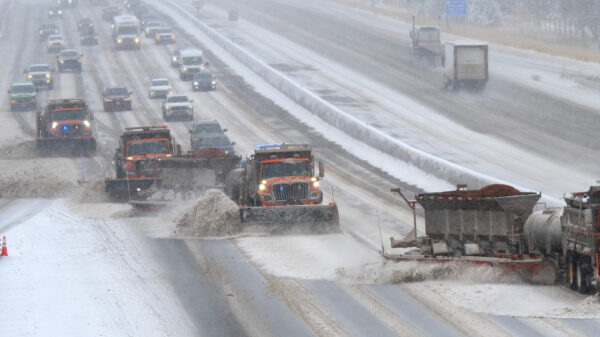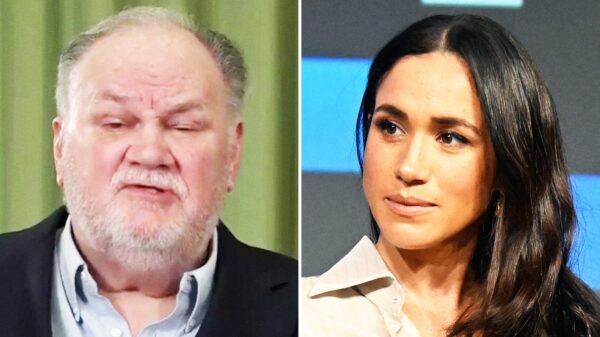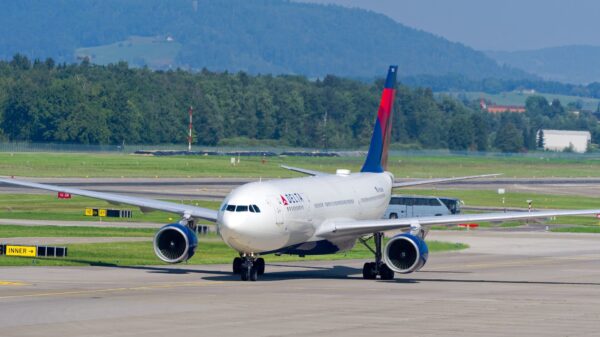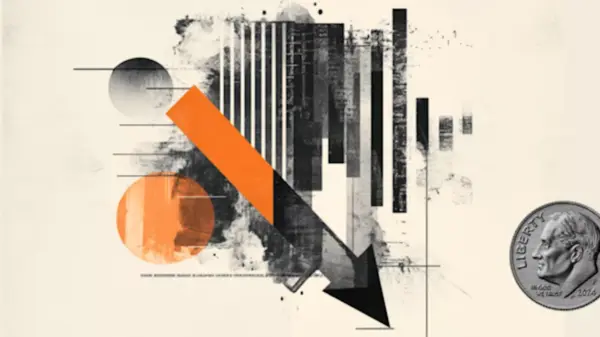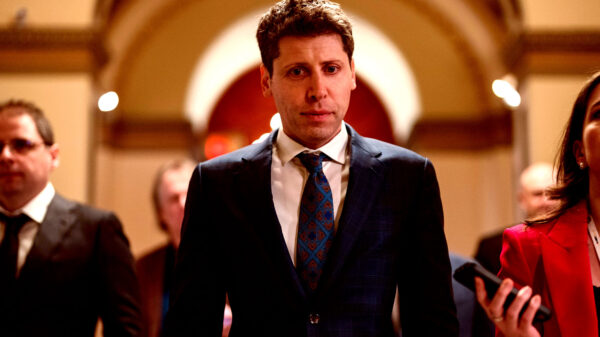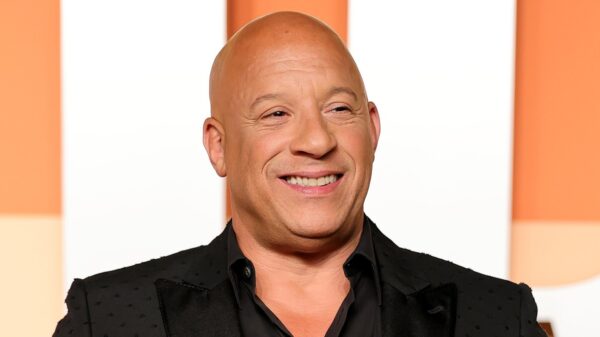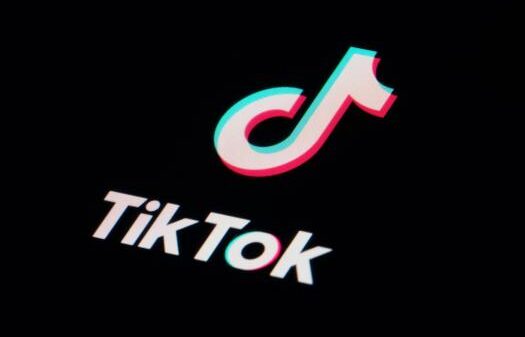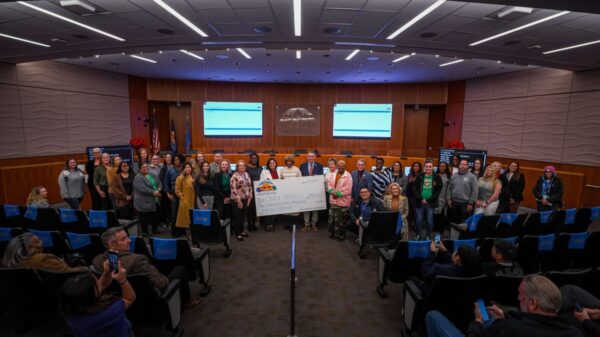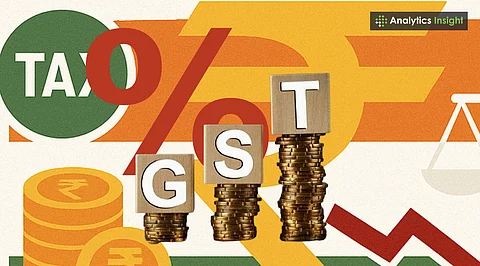Recent reductions in the Goods and Services Tax (GST) have resulted in unprecedented festive sales across various sectors. However, state finance officials express apprehension regarding potential revenue shortfalls in the coming months. The dual impact of soaring consumer spending and the implications of tax cuts have created a complex economic landscape.
Record Sales Amid GST Rate Cuts
The GST Council’s recent restructuring streamlined tax slabs from four main rates to two, introducing a special category for luxury goods. This change has led to price reductions on approximately 375 everyday items, including automobiles, electronics, apparel, and footwear. Trade associations report that this year’s Dasara sales have reached the highest levels seen in over a decade, with growth rates spanning from 35% to 100% across major retail categories.
Mayank Rohtagi, secretary of the Bangalore Commercial Street Association, remarked, “Consumer sentiment is clearly upbeat as the prices of many goods have fallen simultaneously.” He noted that sales growth has averaged around 45% year-on-year, with electronics, garments, and footwear driving the surge. Some automobile brands have even reported sales doubling compared to last year. Retailers are optimistic that this momentum will carry into Diwali, anticipating another round of record-breaking purchases.
Revenue Challenges Ahead
Despite the robust sales figures, commercial tax authorities caution against over-optimism. Officials are warning that the current boost may not be sustainable and could lead to significant revenue losses due to the GST rate cuts. Vipul Bansal, the Commercial Taxes Commissioner, stated, “Revenue shortfall looks imminent as this spurt is unlikely to last beyond Diwali.” He emphasized that to match last year’s collections, a sustained sales growth of at least 40% is required, which appears unrealistic.
Initial projections indicated a shortfall of around Rs. 15,000 crore, but revised estimates suggest losses could exceed Rs. 17,000 crore. Data highlights that Karnataka’s GST collection in September was recorded at Rs. 13,495 crore, reflecting a gross growth of 7%, consistent with the national average. However, after accounting for Integrated Goods and Services Tax (IGST) settlements, the net collection was just Rs. 6,653 crore, marking a modest 5% increase, notably lower than the 12% growth rate earlier in the fiscal year.
In response to these concerns, Siddaramaiah, Chief Minister and Finance Minister, had budgeted Rs. 92,133 crore in GST collections for fiscal year 2025, with only Rs. 39,132 crore raised to date. Economic adviser Basavaraj Rayareddi indicated that the government is exploring measures to enhance compliance and is actively seeking compensation from the central government for the anticipated revenue shortfall.
“Consumption has risen due to lower prices, and we hope this momentum sustains,” added B.T. Manohar, a member of the State GST Advisory Committee. He acknowledged that maintaining revenue while ensuring affordability will be a significant challenge in the months to come.
As the festive season progresses, the balance between consumer enthusiasm and fiscal responsibility remains a critical focus for both businesses and government officials alike.


